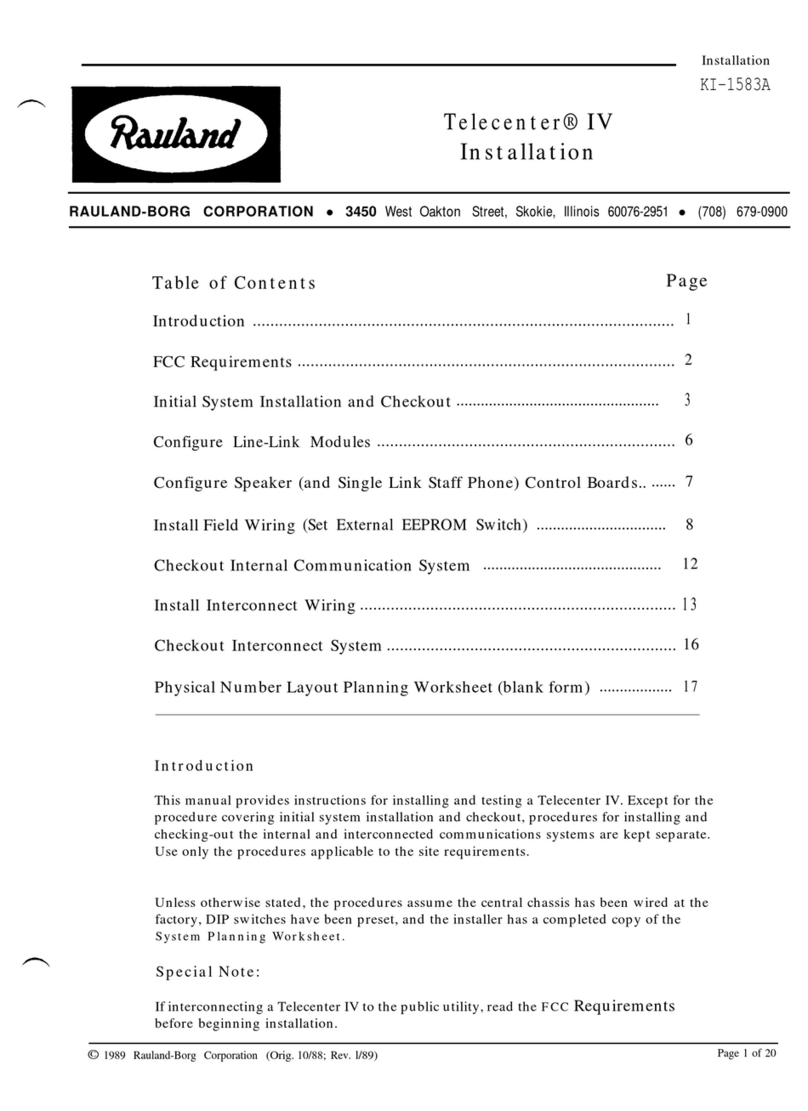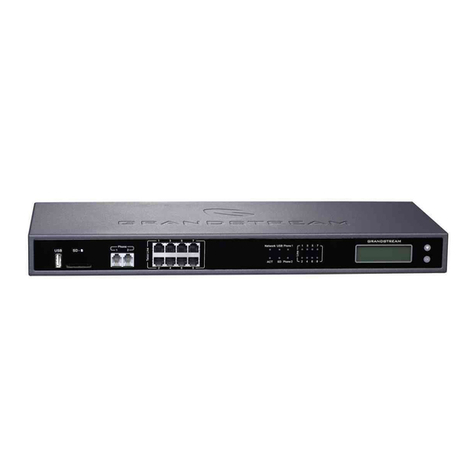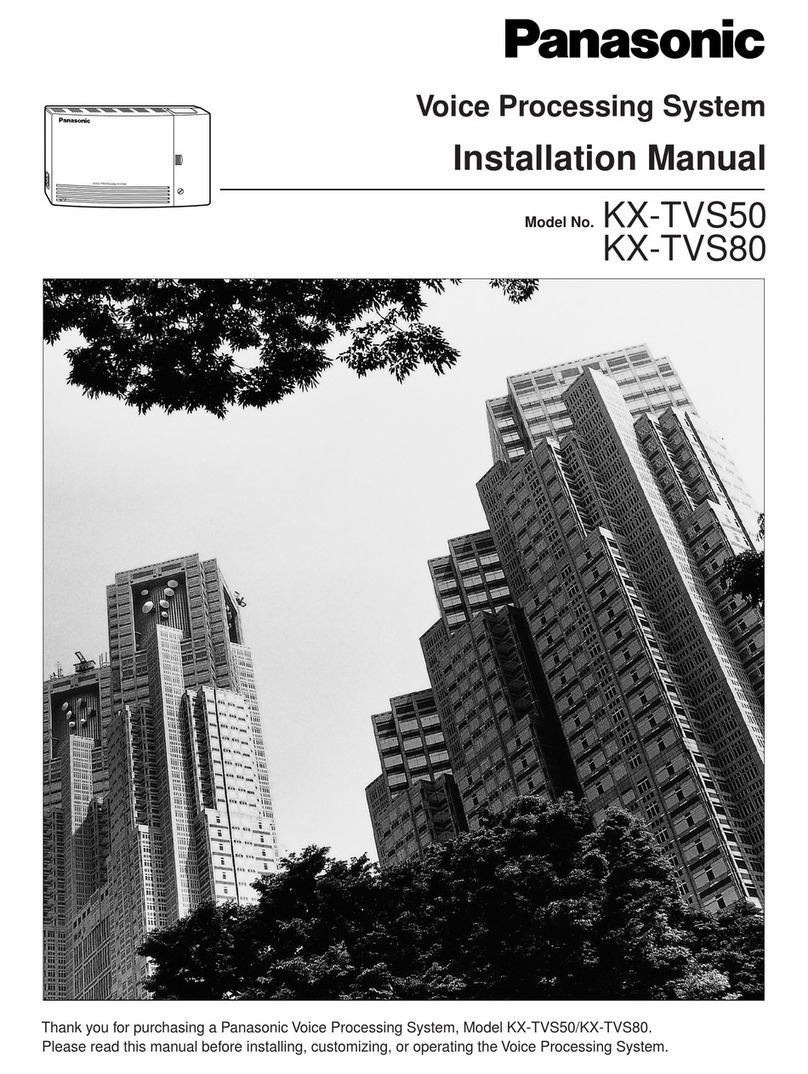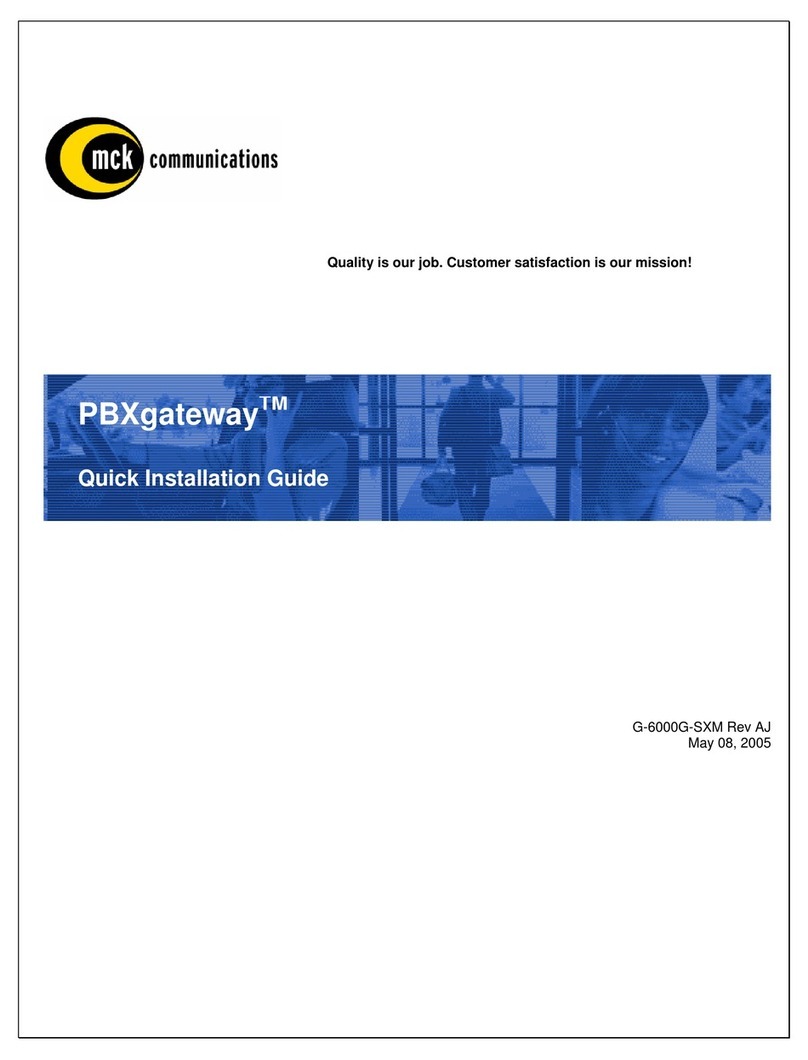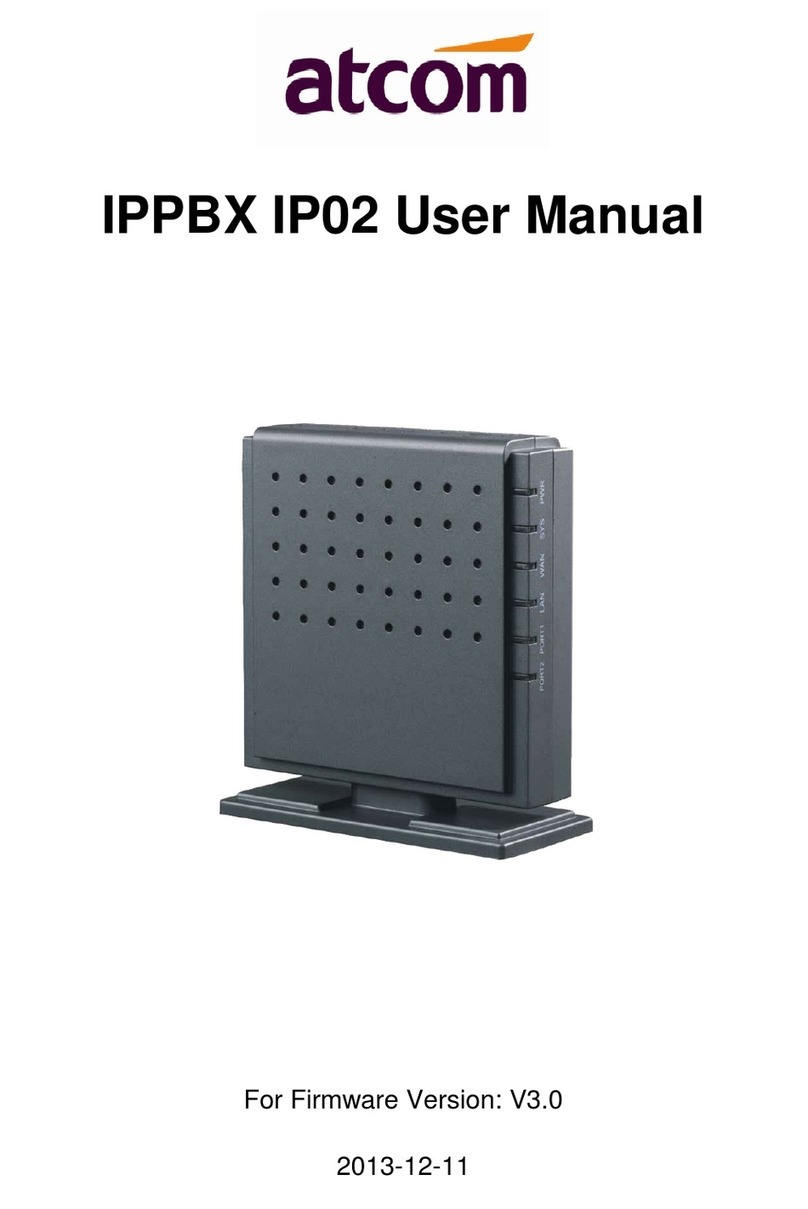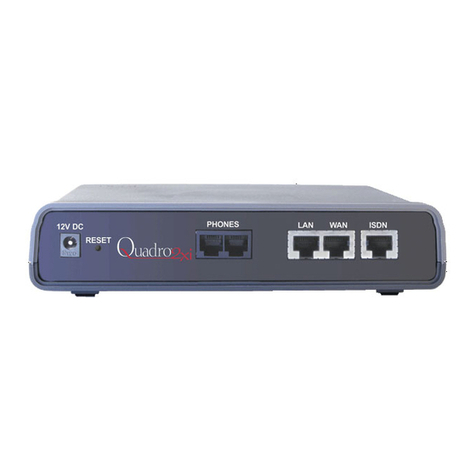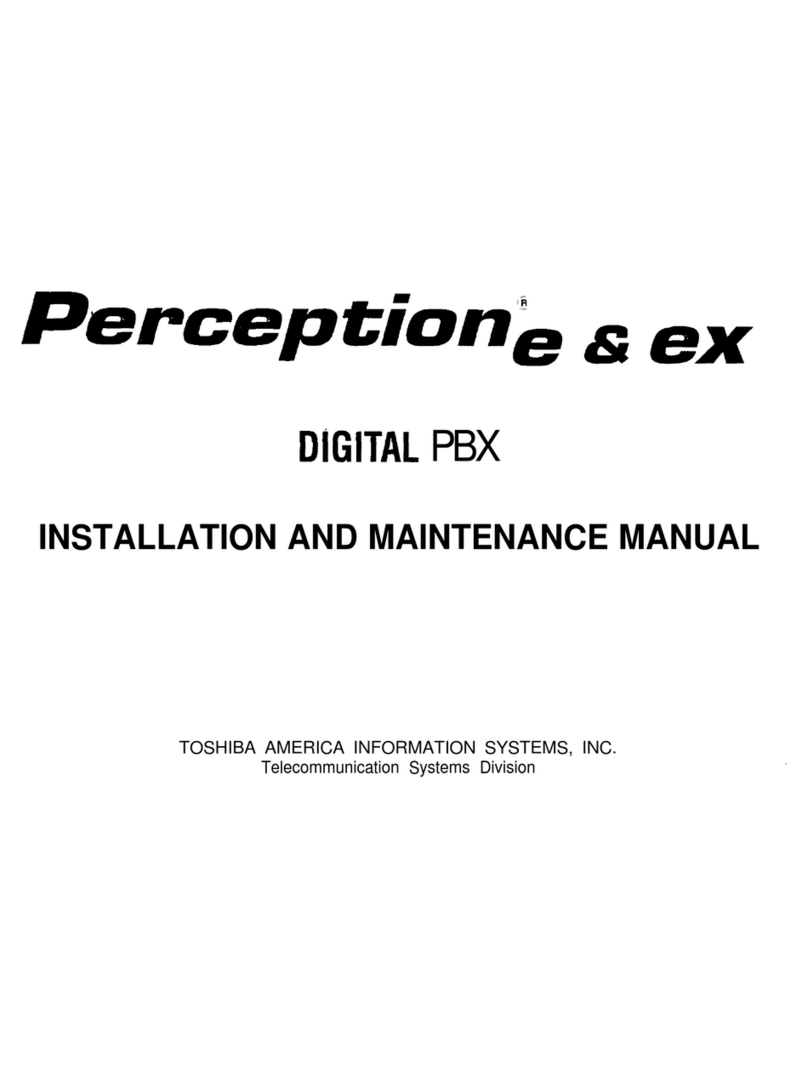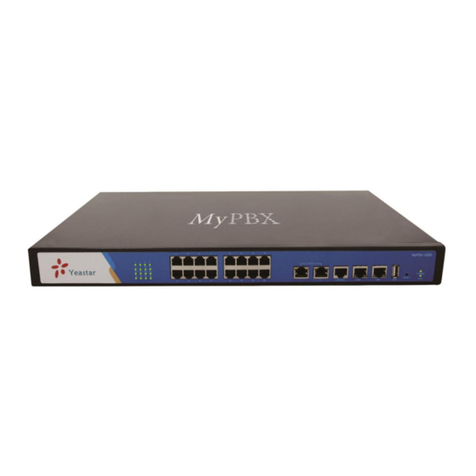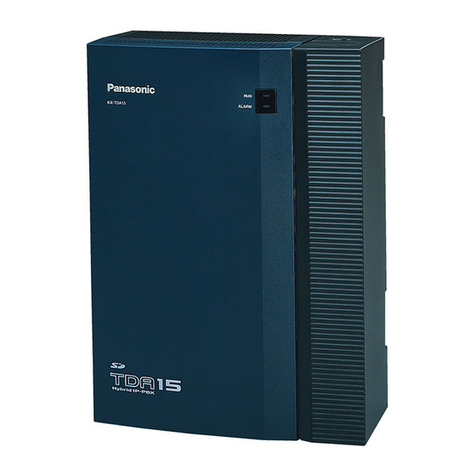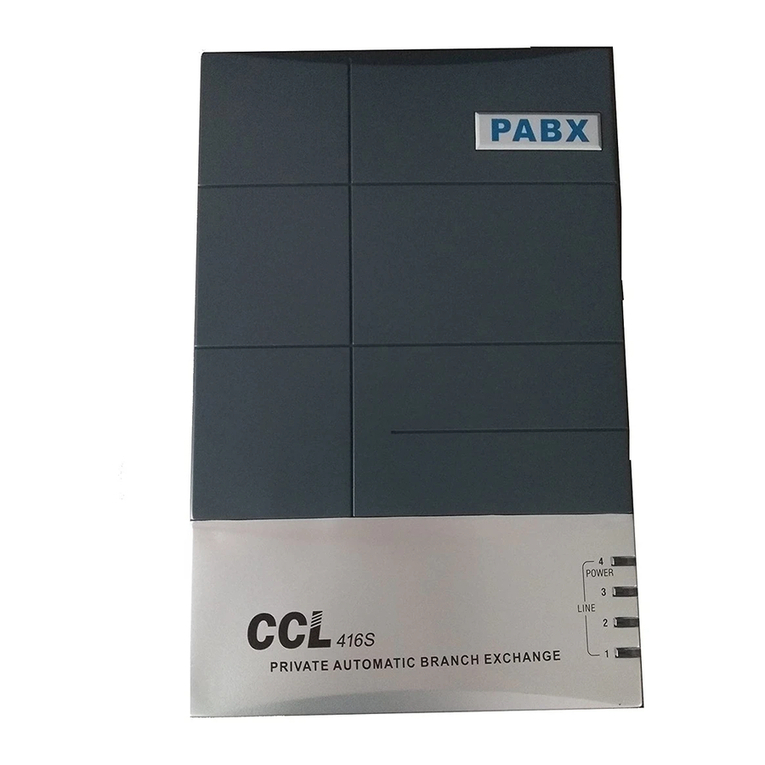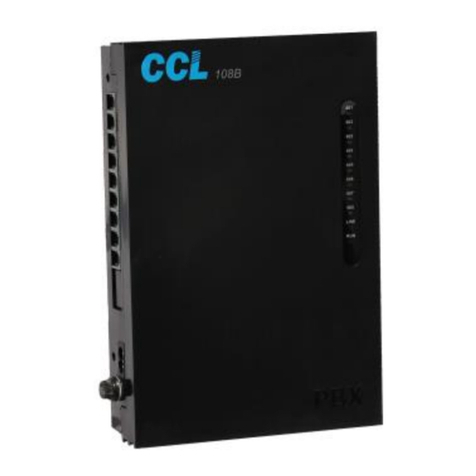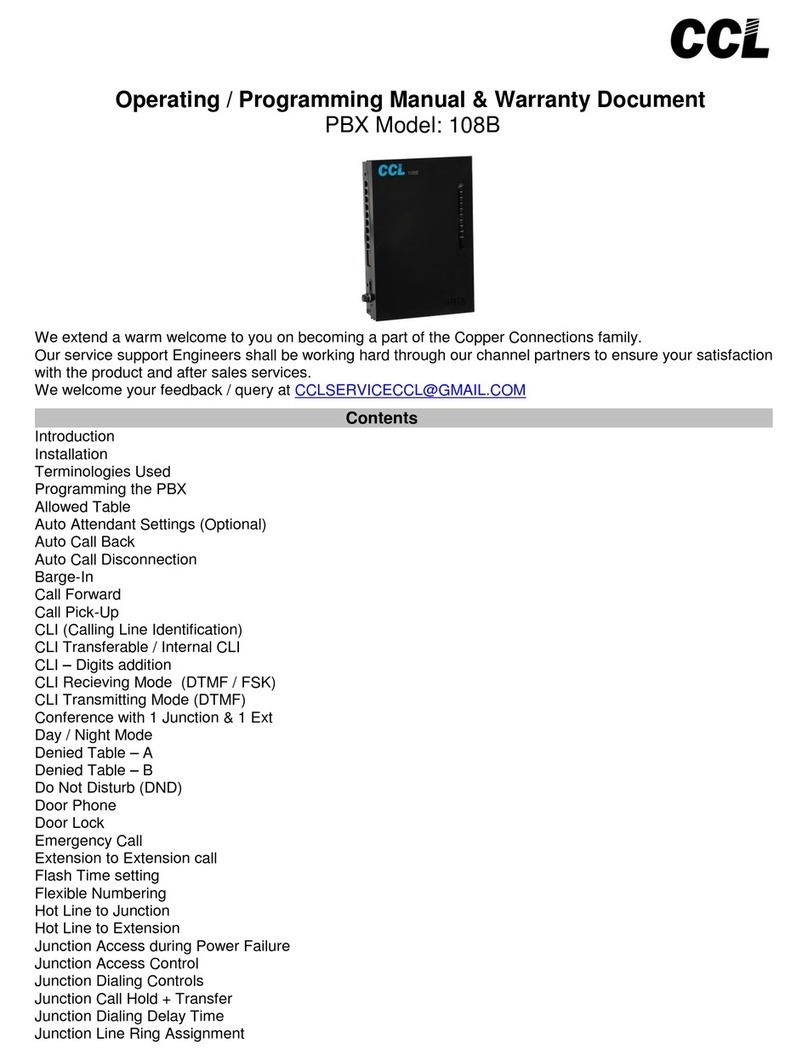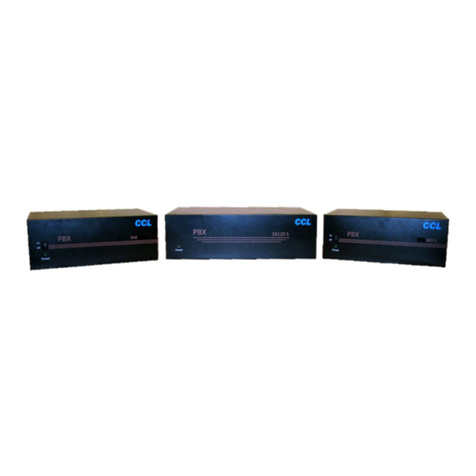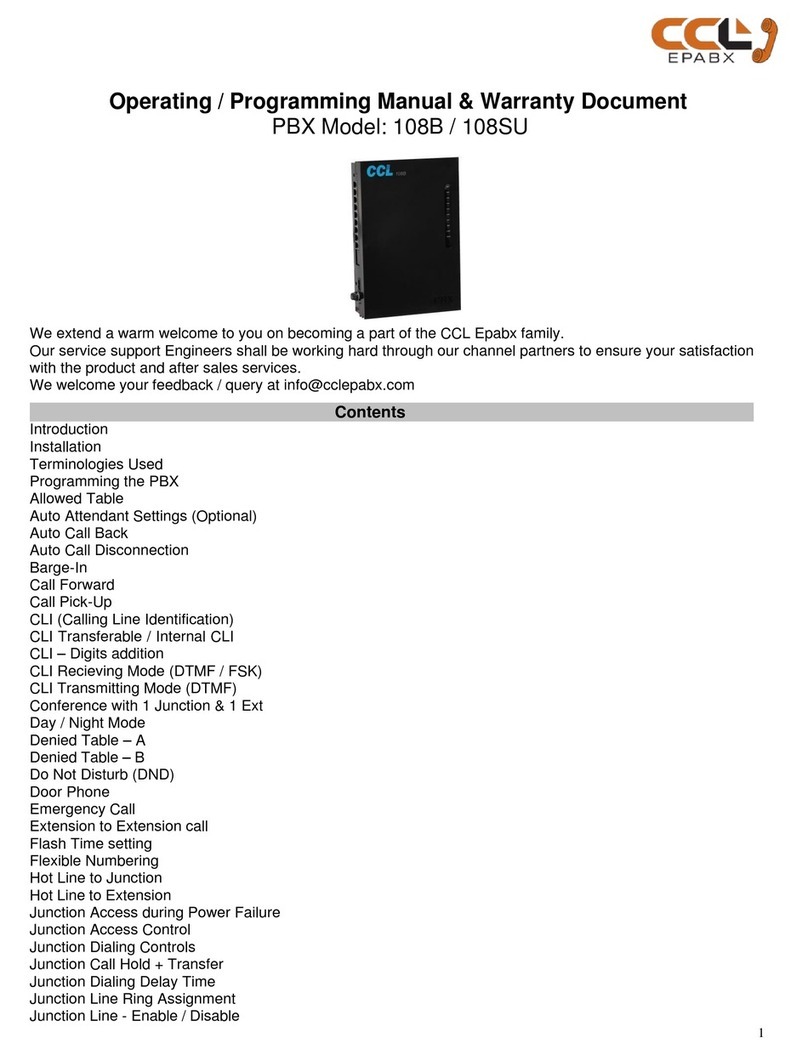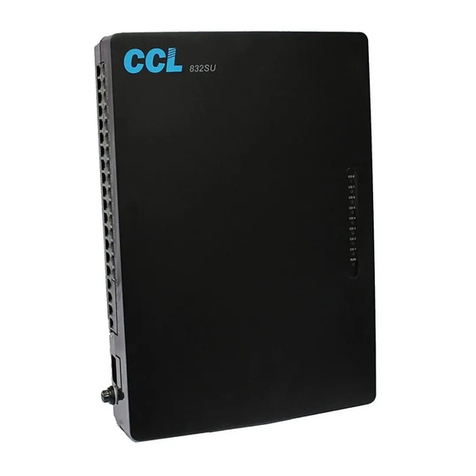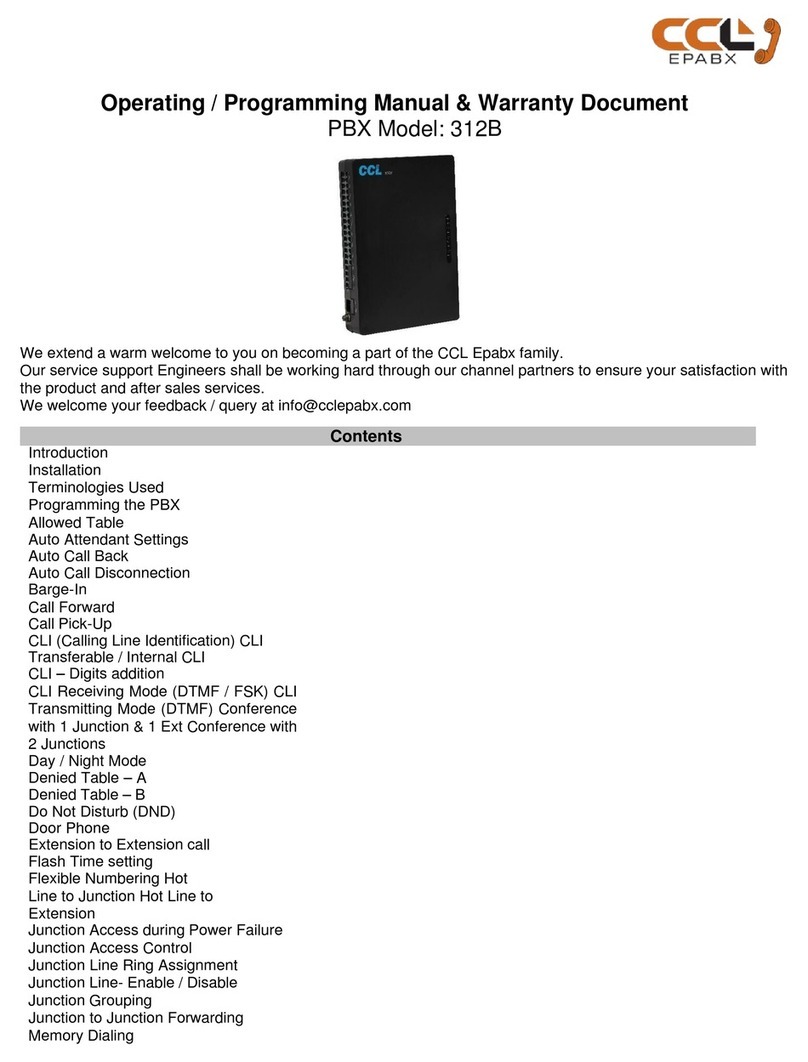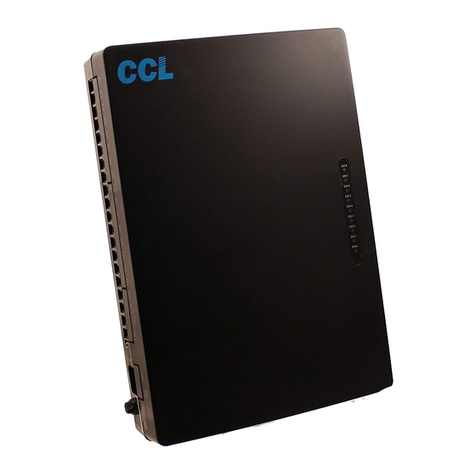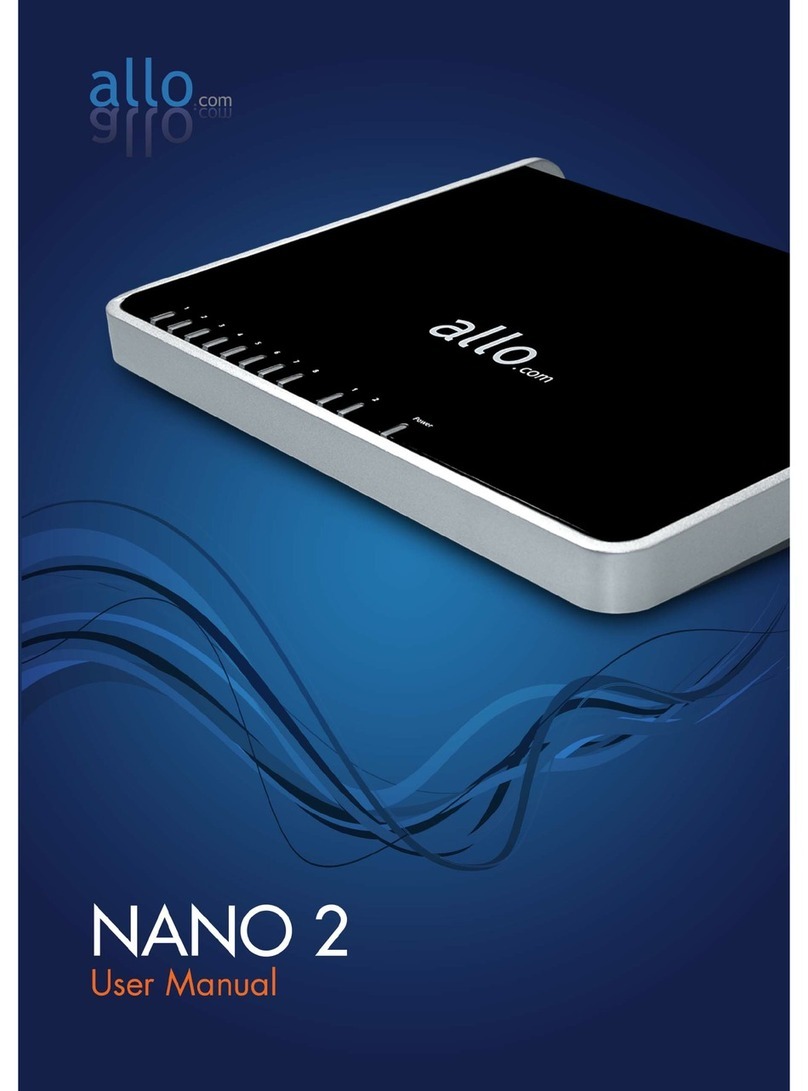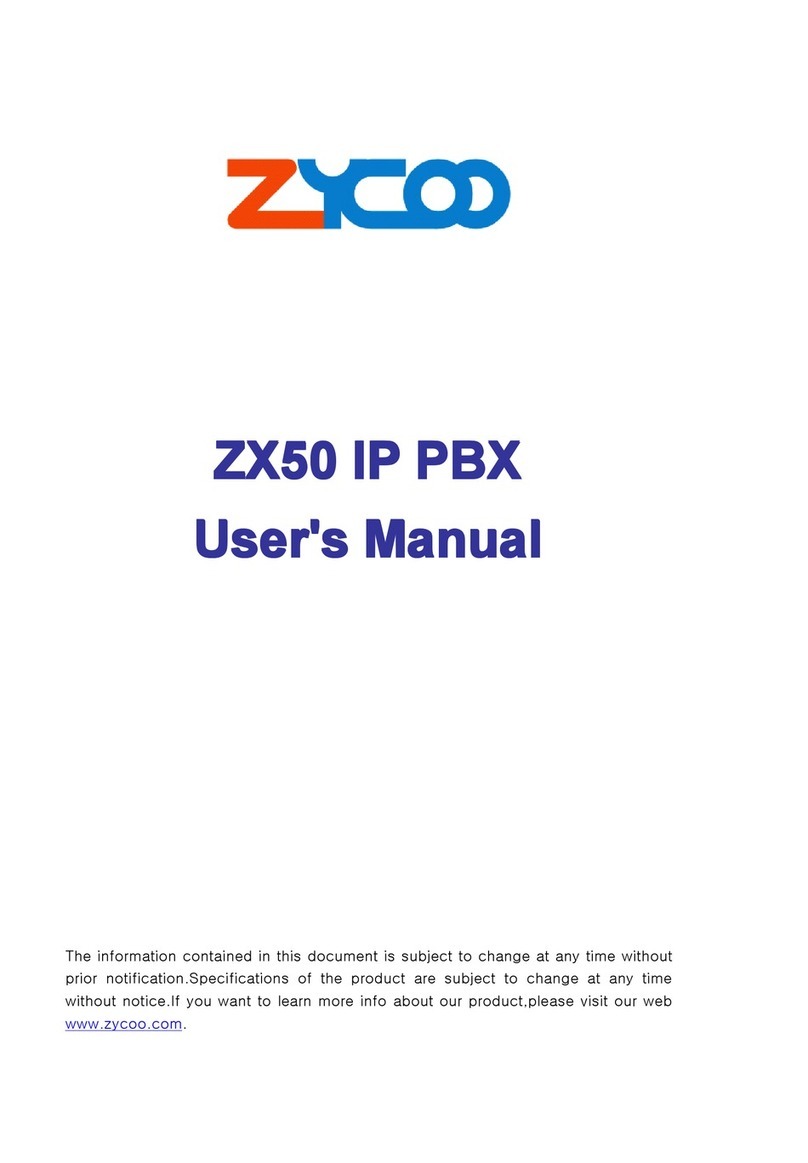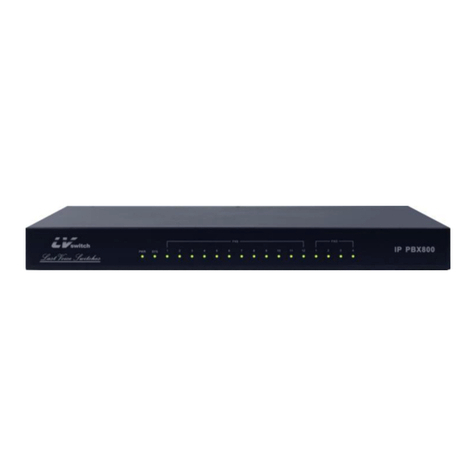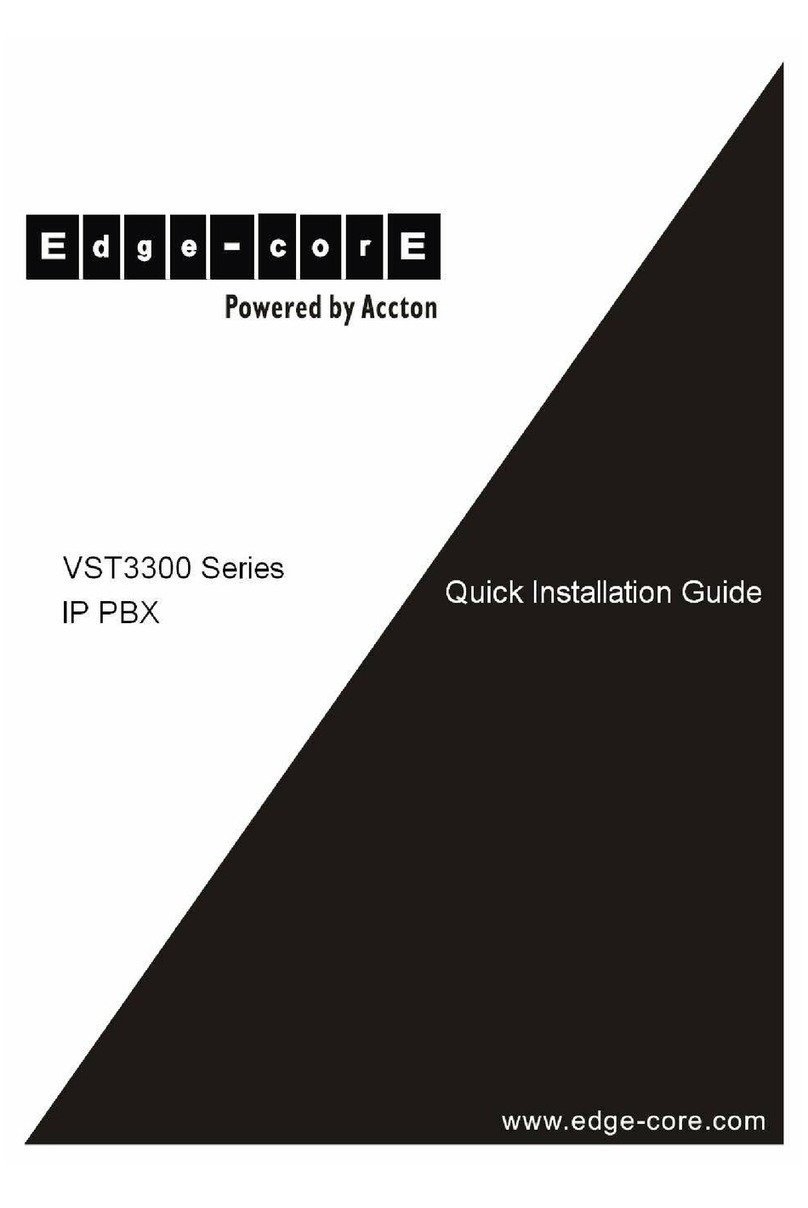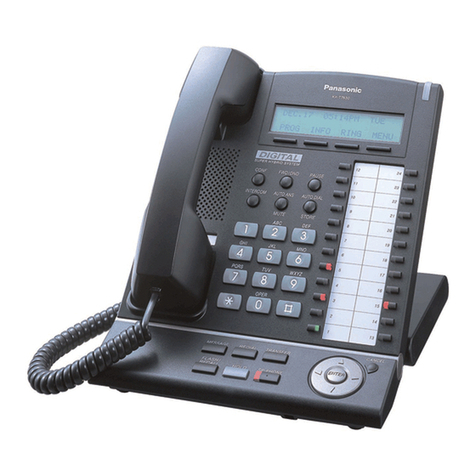Called number
Junction Number
Date/Time of call
Duration of call
Cost of call
Etc
Calls recording / Monitoring
Conversation of calls made from defined Extensions or on defined Junctions can be recorded in the PC. If many extensions or
Junctions are marked for recording then it will record one conversation at a time. If more than one conversation is on then it will
record the first initiated call.
User can also over hear any conversation through this software from the PC.
Recording, playing and downloading of Auto Attendant Messages
Auto Attendant Messages can be recorded and played through this software or can be down loaded to PBX.
For this operation, Broadcast/Door connector on the PBX has to be used in “Broadcast” mode and is Optional. If this is used then
Door Lock operation cannot be used.
Hotel Management
Feature like Call billing, Check In/out, cash deposit, add deposit, etc are available when operated through this mode of the
software.
To operate Hotel Management, set the PBX in Hotel Management mode as below:
Dial #0000 + 8851 –Te set the PBX in Hotel Management mode.
Dial #0000 + 8850 –Te set the PBX in normal mode. This is the default setting.
.Call Forward .
There are two types of Call Forwarding:
Call Forward Always
An extension can divert all incoming calls to another extension by dialing # 81 XXX from its own extension. Where XXX is the
extension number where calls are to be diverted.
To clear this Call Forward Always feature, Dial # 81 #
This feature can also be programmed from any of the Programming Extensions as explained below:
Dial # 26 NN XXX
Where, XXX= Extension number where Calls are to be forwarded.
NN= The last 2 digits of the original Extension.
Dial # 26 NN # (To clear the feature of NN Extension from any of the programming Extension)
Dial # 26 # (To clear the Call Forward Always feature of all the extensions. To be dialed from any of the
programming Extension)
Call Forward When Busy / No Answer (This can also be used as Round Robin feature)
If calls are to be diverted only when the Extension is busy or is not answering, then,
Dial # 82 XXX from its own extension. XXX= Extension where calls are to be Diverted.
To clear this Call Forward, Dial #82#
This feature can also be programmed from any of the Programming Extensions as explained below:
Dial # 27 NN XXX
Where, XXX= Extension number where Calls are to be forwarded.
NN= The last 2 digits of the original Extension.
Dial # 27 NN # (To clear the feature of NN Extension from any of the programming Extension:
Note:To cancel all type of Call Forwarding, DND, Auto Call Back, Alarm clock of own Extension:
Dial # 80 from its own extension
:To cancel Call Forwarding Busy / No Answer of all the extensions,
Dial # 27 # from any of the programming Extensions.
:To cancel all type of Call Forwarding of all the extensions,
Dial # 25 # from any of the programming Extensions.
:To retain the Call Forwarding programming after the PBX is switched ON/OFF,
Dial #0000 + 171 # (This is the default setting in the PBX)
:To lose the Call Forwarding programming after the PBX is switched ON/OFF,
Dial #0000 + 170 #
Ring Time change in Call Forward When Busy / No Answer
The ring time on extension, in case of Call Forward, can be changed using the following program:
Dial #0000 + 184 TT #
Where, TT= 01 –99 Ring Time in seconds
Default value = 20 secs / 10 secs in some models.
Note:The time entered here, should be less than the Internal Call Ringing Time.
:Call Forward can also be done through the commands given in “Call Forward / Do Not Disturb (DND)”
.Call Forward / Do Not Disturb (DND) .
Do Not Disturb (DND)
